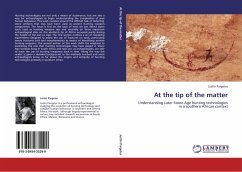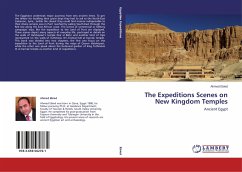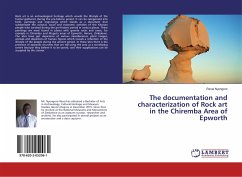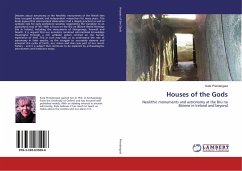Hunting technologies are not only a means of sustenance, but are also a way for archaeologists to begin understanding the complexities of past human behaviour. This work revolves around the difficult task of detecting stone artifacts that may have been used as ancient hunting weapon components. The focus is first on the issue of how we can detect stone tools used as hunting weapon tips and secondly on three important archaeological sites on the southern tip of Africa occupied partly during the height of the last Ice Age. The first section outlines a set of trampling experiments designed to assess the use of fractures on tools, particularly macro fractures and tool morphometrics as means of identifying ancient hunting weapons. The second section of this work shifts the emphasis to examining the role that hunting technologies may have played in Stone Age societies living in South Africa and how we, as archaeologists, are able to trace the use of hunting weaponry back in time. Alongthe way the reader is given a detailed background to the methods involved and what archaeologists know so far about the origins and antiquity of hunting technologies primarily in southern Africa.








